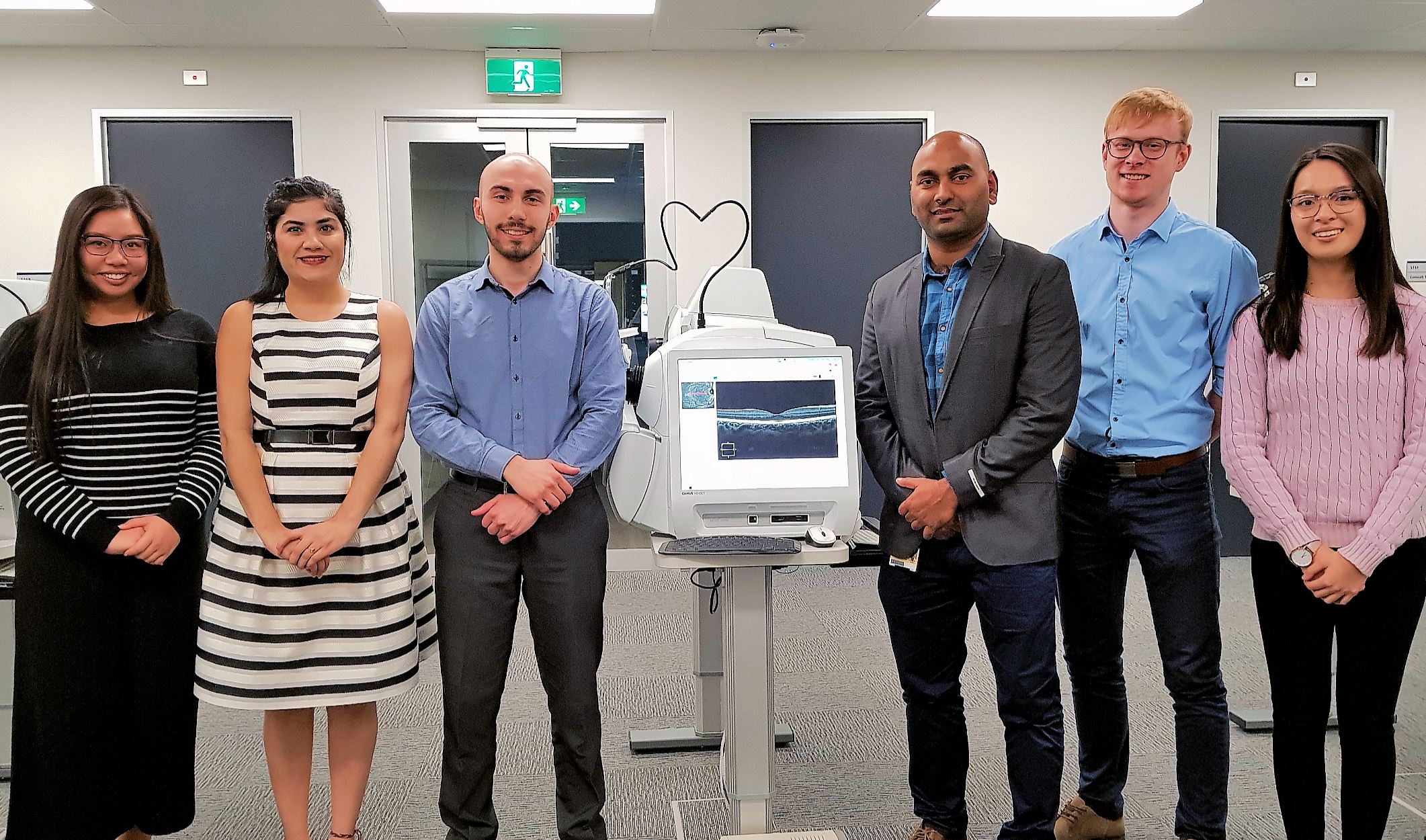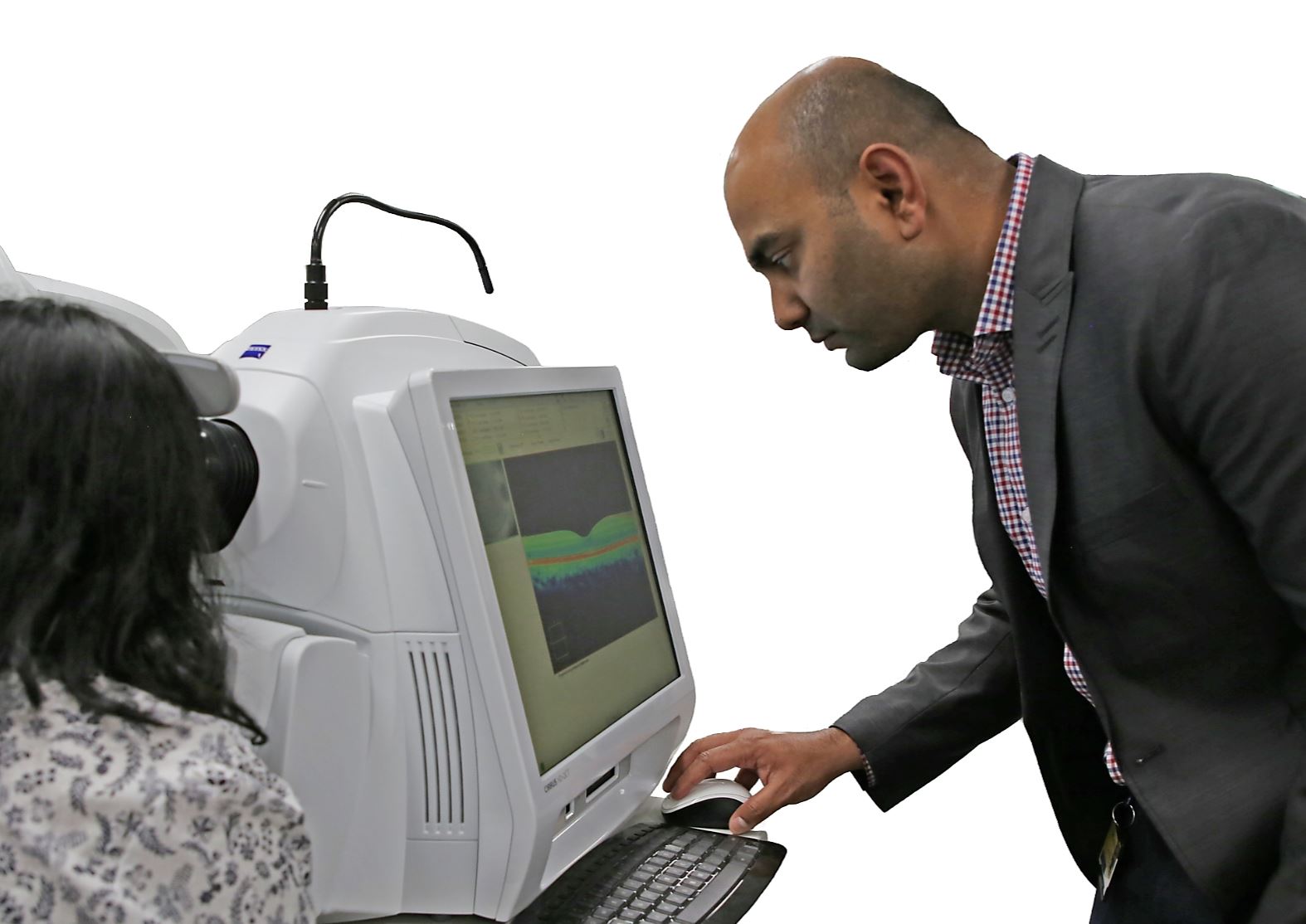
Reading in the morning may accelerate nearsightedness or myopia, new research from Flinders University optometry experts indicates.
“Our results show that changes in the length of the eye in response to visual blur, which causes myopia, are dependent on the time of the day,” says optomertrist Dr Ranjay Chakraborty, a senior lecturer in Optometry and Vision Science at Flinders University.
“As a result, scheduling intensive reading activities in the evening, along with frequent breaks for distance viewing, may prevent the development of myopia in school children, particularly those at risk of developing myopia due to excessive near work.”
Dr Chakraborty, who has been researching myopia for six years, presented these findings at the Association for Research in Vision and Ophthalmology 2018 conference in Hawaii in April, the world’s largest vision science conference.
It was selected as a ‘hot topic’ at the conference for focusing on new advances in human myopia research.

Dr Chakraborty and his team imposed visual blur using “plus lenses” and “minus lenses” in 23 emmetropic individuals (people with normal vision) aged 19 to 30.
The minus and plus lenses were used to artificially simulate “near reading” and “relaxed eye” type blur conditions, respectively.
Researchers compared the extent of blur from 10am to noon, and 5pm to 7pm.
They studied effects of blur on axial length (length of the eye), which is important because myopia is primarily caused by an excessive increase in axial length.
They also looked at the choroid tissue at the back of the eye, as myopia is associated with significant thinning of the choroid.
“Interestingly, our measurements showed that, depending on the time of day, the effects of plus and minus lens-induced blur were significantly different,” says Dr Chakraborty.

Dr Chakraborty said that axial length of the human eye is not constant or fixed throughout the day but small natural fluctuations of the eyes are slightly longer during daytime and shorter at night. These are really small changes in context of human eyes.
“These natural daily fluctuations in axial length may be influencing the response to imposed visual blur, depending on the time of the day. It appears that pro-myopic, or ‘near reading’ type blur may be more detrimental in the morning and hence bad for myopia. Therefore, reading more in the evening than in the morning may lessen the detrimental effects and help slow the progression of myopia.”
The study was conducted in adults, but most people, if they are going to develop myopia, would have already developed it by this age.
“It is important to study these changes in young children, as they do a lot of school work and reading, and have a lot of screen time,” says Dr Chakraborty, adding that his research team now wants to study young children and see if there are similar or larger changes.
“We want to arrest myopia at the right age, when the eyes are still developing,” he stresses.


